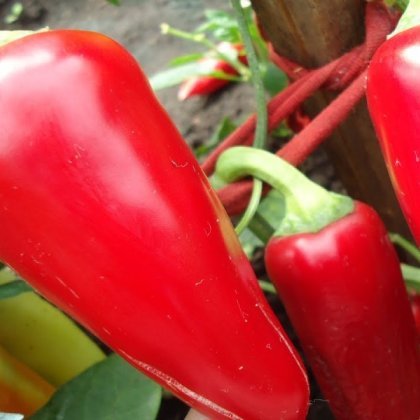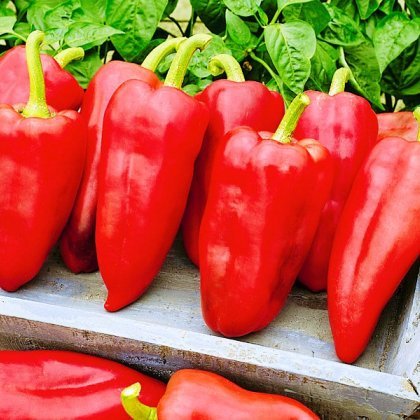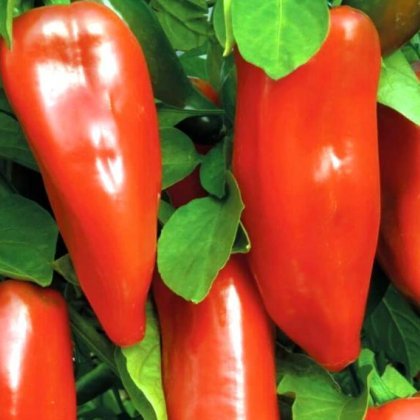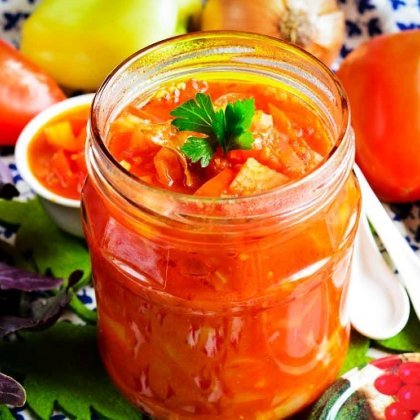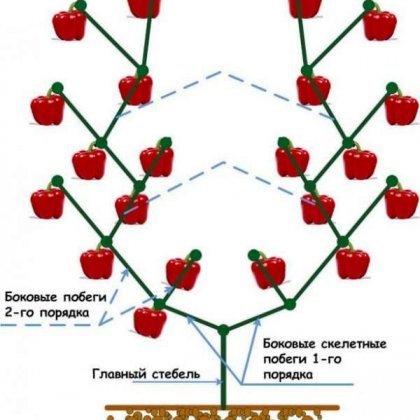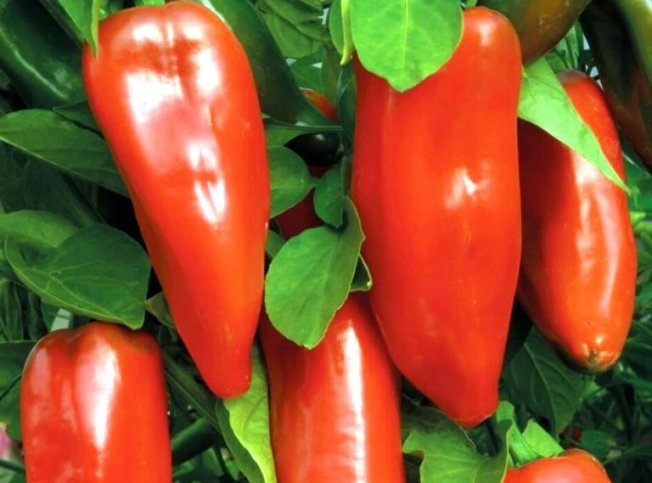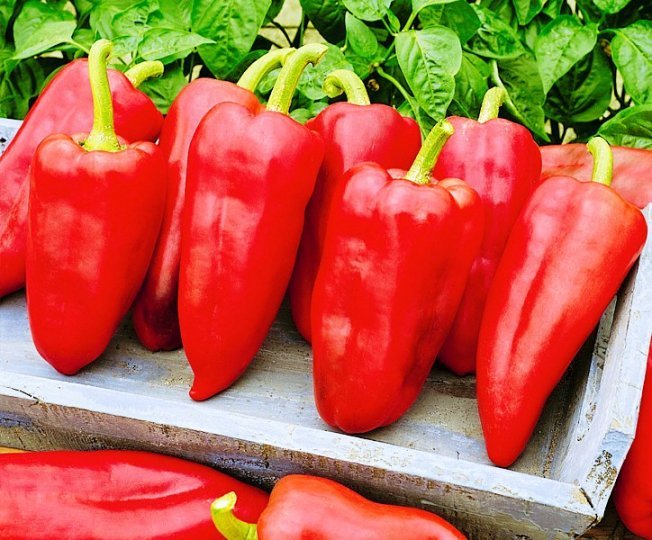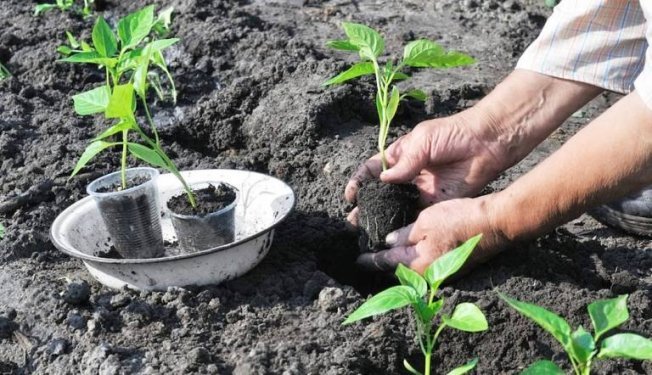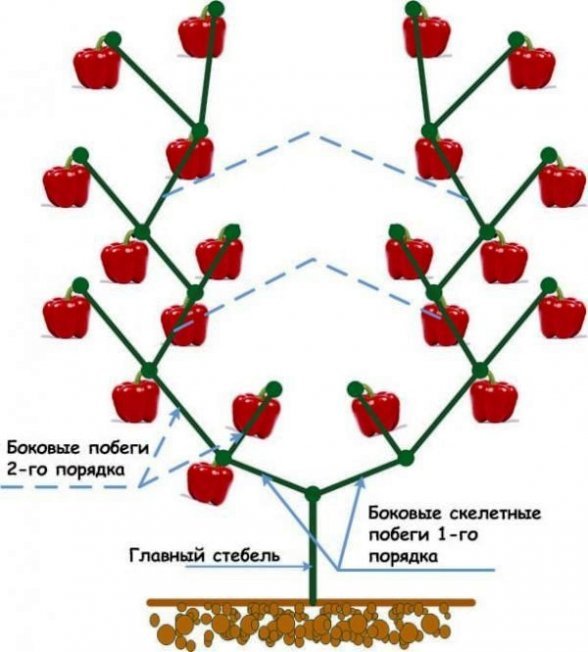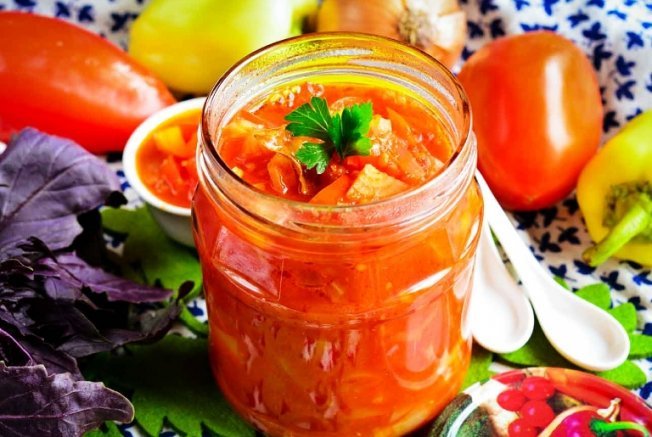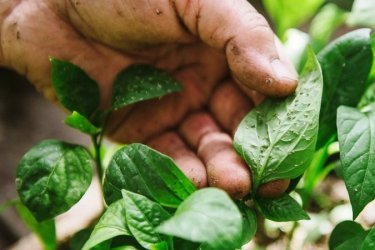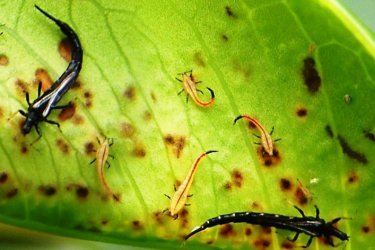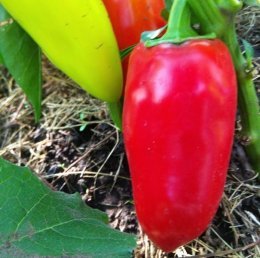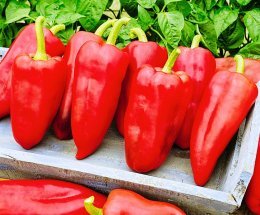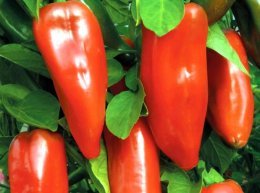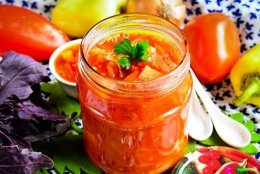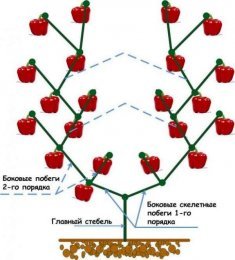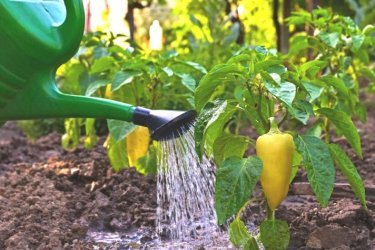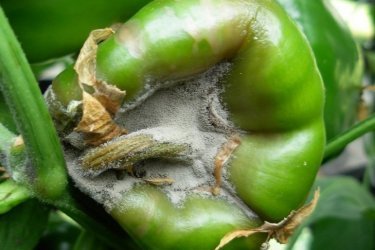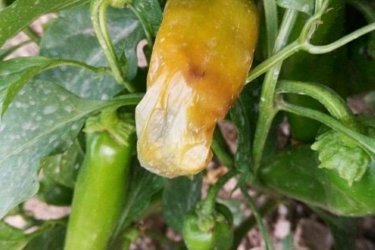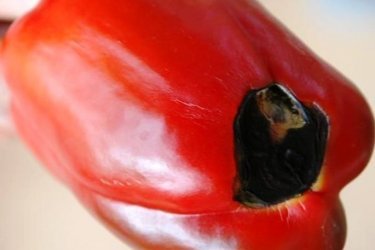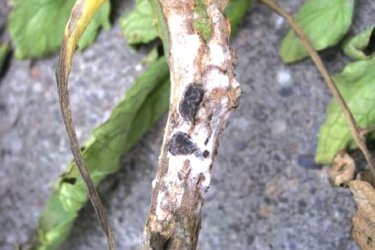Swallow - a thick-walled pepper variety suitable for long-term storage
Martin
Lastochka
ACETARIA piper
Mid-early
Features of dulcis piperis

Swallow is a pepper variety with a history of several decades. It has proven itself to be excellent and, as it consistently bears fruit, it is recommended to experienced and novice vegetable growers.
Origin
The variety was developed by specialists from the Moldavian Research Institute of Agriculture and Vegetable Growing. It was entered into the State Register of the Russian Federation under No. 2, after the Gift of Moldova. The swallow has been readily cultivated on large farms and on private plots since 1974.
Pepper Swallow: characteristics and description of the variety
Pepper bushes are medium-sized, not particularly spreading, and have a standard shape. When a large number of ovaries form, it is recommended to tie the stems. The fruits are drooping, smooth, and have a classic cone shape. Their length is relatively small, about 10 cm, and their weight can reach 80 or even 100 g.
A distinctive feature of the fruit is its slightly curved tip, reminiscent of a swallow's beak. Most likely, it was this similarity that served as the basis for giving the variety such an unusual name.
Disease resistance is average, but the bushes can withstand sudden changes in weather conditions.
Description of the fruits, what they look like in the photo
Technical ripeness begins with the acquisition of a light green color, then it changes shade to yellow and orange, biological ripeness begins with the acquisition of a red color.
Swallow pepper seeds can be purchased at any gardening store. Those who want to collect seed material themselves, from their own harvest, should keep the fruits on the stem until they acquire a bright red color.
Swallow is classified as a thick-walled variety; during the period of full ripening, the wall thickness can reach from 5 to 7 mm.
Let's watch a useful video about the Swallow pepper variety:
Ripening time
Lastochka is a mid-early variety, technical ripeness occurs 110-130 days after germination. After about a month, the fruits acquire a bright red color. If stored properly, the fruits can ripen even when picked. The thick skin allows for long-term storage, and they withstand transportation well.
The main part of the harvest ripens together, further fruiting does not differ in intensity.
Productivity
From 1 sq.m. In open ground, you can collect from 2.5 to 4.5 kg of fruit.
When grown in greenhouses, the yield is higher, but plants grown in closed ground get sick more often.
Advantages
Proof of the variety's advantages is its high competitiveness; it has survived hundreds of systematically emerging modern hybrids. Of course, there are also hidden reasons for its popularity: most varieties and hybrids are bred for cultivation on small farms or country houses. They are of no interest to large farms.
The advantages of Swallow pepper include:
- undemanding to growing conditions;
- amicable maturation;
- early ripeness;
- possibility of long-term storage;
- suitability for transportation;
- quick adaptation to weather conditions;
- good taste, thickness;
- universal purpose;
- ripening ability.
In addition, the State Register does not indicate mid-season varieties that could seriously compete with Lastochka, in particular those suitable for industrial cultivation.
Most new hybrids have restrictions on areas for cultivation (only the southern regions), older ones, for example, Belozerka, have low yields.
Flaws
Swallow doesn’t have many disadvantages, but they should be pointed out:
- the need to tie up bushes;
- the yield is lower than that of modern hybrids.
Where can I grow
Swallow pepper is suitable for cultivation in almost all regions and regions (except for the Central region, which, perhaps by chance, was not included in the State Register). It is grown very successfully in the European part of the Russian Federation and the Urals,
Depending on weather conditions, vegetable growers choose a growing method: open or closed ground. At the same time, to the south of Kursk and Saratov, the variety is grown in open ground, to the north - exclusively in greenhouses.
How to grow bell pepper seedlings
In most cases, Swallow pepper is grown in seedlings. In principle, in the southern regions you can sow seeds directly into the ground, but in this case the harvest will only be possible at the end of August. Those. It will not be possible to get an early harvest.
The time for sowing seeds should be calculated taking into account the fact that seedlings are planted 70-75 days after germination. Favorable days are chosen for sowing seeds in the second half of February and early March. If peppers are planned to be planted in open ground, the sowing time can be shifted to mid-March; weather conditions must be taken into account here.
It is better not to pick pepper, but to sow it directly into separate cups or peat pots with a capacity of at least 250 ml. Seedling care is standard. Under the right conditions, before planting, the bushes will already have buds and possibly flowers.
Before transplanting, the plants are hardened off and accustomed to fresh air over the course of a week and a half: they are placed in open windows or taken out to the balcony.
How to plant peppers correctly
When planting Swallow pepper, you should adhere to the 40 x 60 cm pattern. It is undesirable to thicken the plantings; poorly ventilated beds cause the development of fungal infections.
Although the stems will need to be tied up as the fruits grow, it is better to drive in the pegs right away.
Among the basic rules of care, we highlight the following:
- the frequency of watering is adjusted so that the soil is always moist;
- For irrigation, water heated in the sun is used;
- Peppers can be fed after 10-12 days with diluted mullein infusion or dissolved mineral fertilizers;
- It is not recommended to use nitrogen-containing fertilizers when fruits begin to ripen.
Bushes are formed as follows:
- the leaves located below the first fork are torn off;
- pick off the flower, which usually forms on the fork;
- To speed up the development and ripening of the crop, all fruits suitable for consumption should be picked.
A properly formed bush should be quite branched, this is clearly visible in the diagram shown in the photo below.
The pepper variety Swallow ripens quickly, but after the main harvest is harvested, it begins to bloom and form ovaries and can bear fruit before the onset of cold weather. You can often read about this in reviews from summer residents.
Taste qualities, scope of application
The taste qualities of the fruit deserve the highest ratings from tasters. Their flesh is dense, sweet, and juicy.
Although Swallow was created as a variety for the canning industry, it has found wide use in cooking. The fruits are used:
- raw, for making salads;
- for conservation;
- for drying and freezing;
- for preparing ketchups, adjika, lecho;
- for stuffing and preparing first courses.
Let's watch a useful video about the yield of the variety and its advantages:
The Lastochka pepper variety is in demand in almost all regions of the Russian Federation, Ukraine, Moldova, Belarus, because is the only representative of early-ripening, or mid-early, varieties suitable for industrial cultivation. Summer residents consider the variety to be reliable and universal, and they plant it with pleasure, even if they grow new hybrids for experimentation.
Pests




